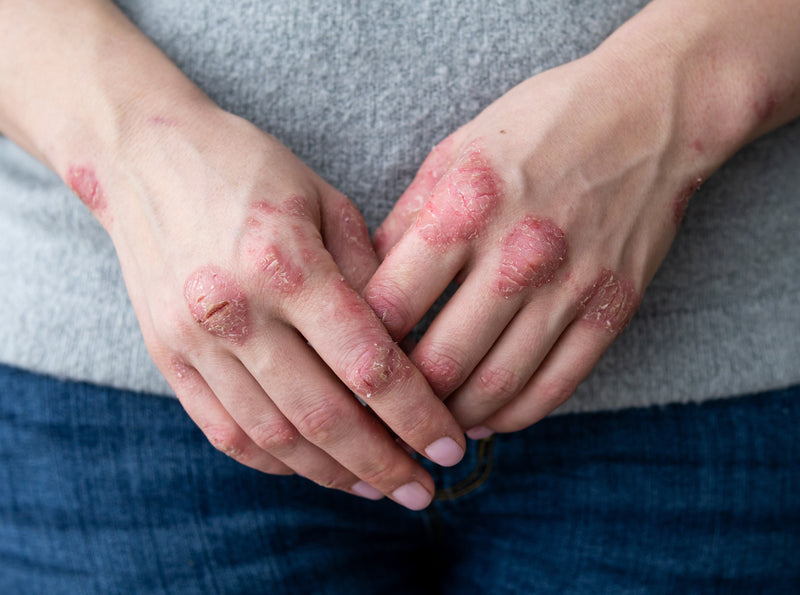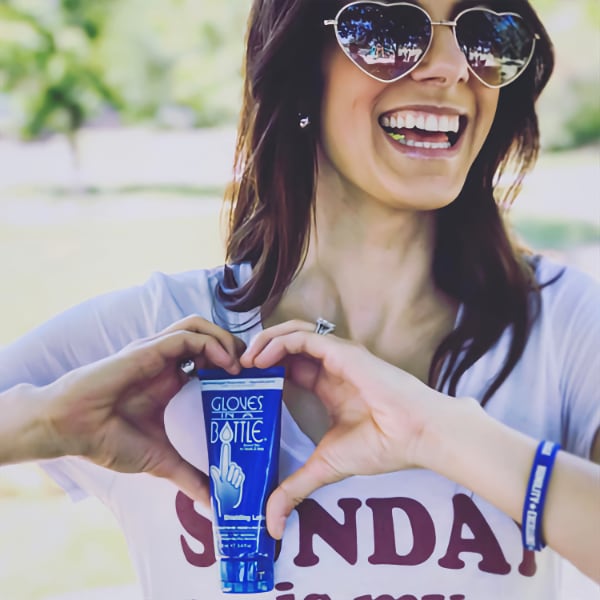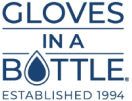Dermatitis

Contact Dermatitis is a type of skin inflammation that is frequently characterized by a red, itchy rash. It occurs when the skin comes in contact with irritants (Irritant Dermatitis) or allergens (Allergic Contact Dermatitis). Phototoxic Dermatitis occurs when the allergen or irritant is activated by sunlight.
Allergic Contact Dermatitis
Allergic contact dermatitis occurs when the skin develops an allergic reaction after being exposed to a foreign substance. This causes the body to release inflammatory chemicals that can make the skin feel itchy and irritated.
Common causes of allergic contact dermatitis includes jewelry (which contains base metals such as nickel), gold, latex gloves, perfumes, chemicals in cosmetics and skincare products, poison oak and poison ivy.
Irritant Contact Dermatitis
According to the American Academy of Dermatology, irritant contact dermatitis is the most common type of contact dermatitis. This happens when the skin comes in contact with a toxic material.
Also known as “hand eczema”, irritant contact dermatitis can occur when the skin comes in contact with less irritating materials like soap, or even water. People whose hands are frequently exposed to water, such as hairdressers, bartenders, and healthcare workers, often experience irritant contact dermatitis.

Symptoms
Contact dermatitis symptoms depend upon the cause and the level of sensitivity to the substance that causes the reaction.
Symptoms associated with Allergic Contact Dermatitis include: Dry, scaly, flaky skin hives, oozing or dry blisters, redness, skin that appears darkened or leathery, skin that burns with or without sores, extreme itching, sun sensitivity, swelling, especially in the eyes, face, or groin areas.
Irritant Contact Dermatitis may cause slightly different symptoms, such as blistering, cracking skin due to extreme dryness, swelling skin that feels stiff or tightened, ulcerations, open sores that form crusts.

Treatment: Self-care
For blistering, you can apply a cold moist compress for 30 minutes, 3 times a day.
- Calamine lotion may relieve itching.
- Oral antihistamines such as diphenhydramine (Benadryl, Ben-Allergin) can relieve itching. Avoid scratching.
- Immediately after exposure to a known allergen or irritant, wash with soap and cool water to remove or inactivate most of the offending substance.
- For mild cases that cover a relatively small area, hydrocortisone cream in nonprescription strength may be sufficient.
- Weak acidic solutions (lemon juice, vinegar) can be used to counteract the effects of dermatitis contracted by exposure to basic irritants.
- A shielding lotion can help protect the skin and retain moisture.

Treatment: Medical Care
If the rash does not improve or continues to spread after 2–3 of days of self-care, or if the itching and/or pain is severe, the patient should contact a dermatologist or other physician. Medical treatment usually consists of lotions, creams, or oral medications.
- A corticosteroid medication similar to hydrocortisone may be prescribed to combat inflammation in a localized area. It may be applied to the skin as a cream or ointment. If the reaction covers a relatively large portion of the skin or is severe, a corticosteroid in pill or injection form may be prescribed.
- In severe cases, a stronger medicine like halobetasol may be prescribed by a dermatologist.
- Antihistamines. Prescription antihistamines may be given if non-prescription strengths are inadequate.
